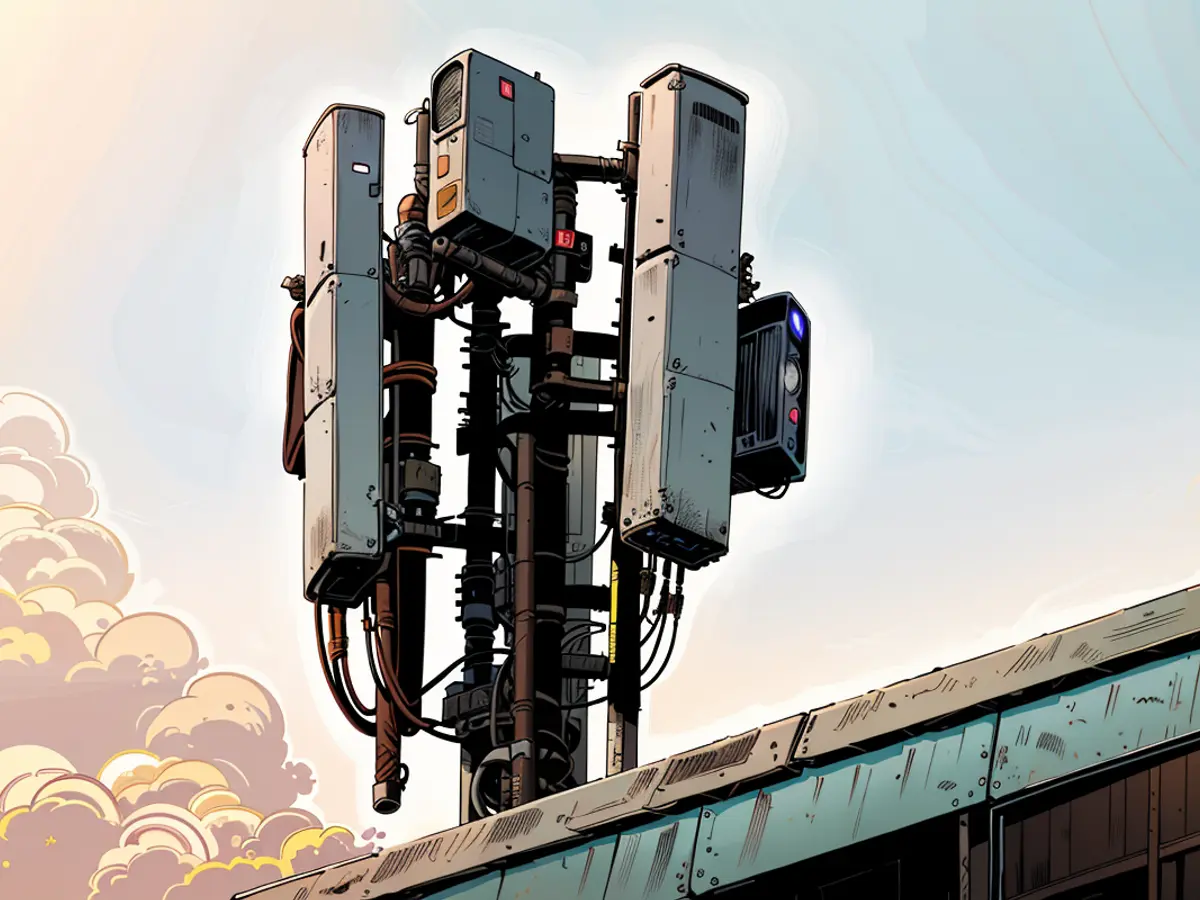Mobile communication - 5G-Network: Telekom-Antennas reach 97 Percent of Households
The Deutsche Telekom reaches 97 percent of German households with its 5G mobile network. According to the Bonn company, it has already operated 12,150 antennas in 5G frequency standard nationwide. By the end of 2025, coverage is expected to reach 99 percent. The last percentages are particularly expensive and laborious, as they involve heavy sites - especially in the countryside, where a new transmission tower can only serve relatively few houses.
The competitors lag behind Telekom in terms of 5G coverage, according to their own statements, O2 Telefónica achieves a 96-percent coverage and Vodafone around 92 percent. Current data on more precise coverage areas are not available. In the spring, Telekom also led in this coverage statistics with more than 80 percent, while the two competitors were each below 70 percent.
5G has been in operation for five years
The three established mobile network operators Telekom, Vodafone, and O2 have been operating in the 5G standard in Germany since 2019. In recent years, they have invested massively and gradually improved coverage. 5G offers significantly faster data connections than the predecessor standard 4G (also known as LTE), and its reaction time (latency) is better. Above all, 5G has great advantages for industry.
However, for many consumers, 4G connections are sufficient to stay connected in their daily lives. In addition to the three major network providers, 1&1 also has its own 5G network in Germany, which was released for mobile users at the end of 2023 and is currently very small - it is being expanded gradually, but it will still take a long time to reach significantly fewer households than the networks of the three market leaders.
The company from Montabaur relies on "National Roaming": Where it has no own antennas - that is, at the vast majority of locations in Germany - the smartphones of 1&1 customers connect to O2's antennas.
- The 5G network provided by German Telecom, based in Bonn, reaches nearly 97% of German households, as reported by the company.
- Telekom's competitors, such as O2 Telefónica and Vodafone, are also investing heavily in 5G and offer coverage of 96% and 92% respectively, according to their own statements.
- Households in rural areas often find it difficult to access 5G coverage, as new transmission towers are expensive and laborious to install, particularly due to the lower density of households.
- With the implementation of 5G, Telekom, Vodafone, and O2 have significantly improved mobile communication in Germany since 2019, providing faster data connections and better latency than the 4G (or LTE) network.
- 1&1, a mobile network provider from Montabaur, utilizes "National Roaming," enabling its customers to connect to O2's antennas when 1&1's own coverage is unavailable, which covers the vast majority of locations in Germany.








